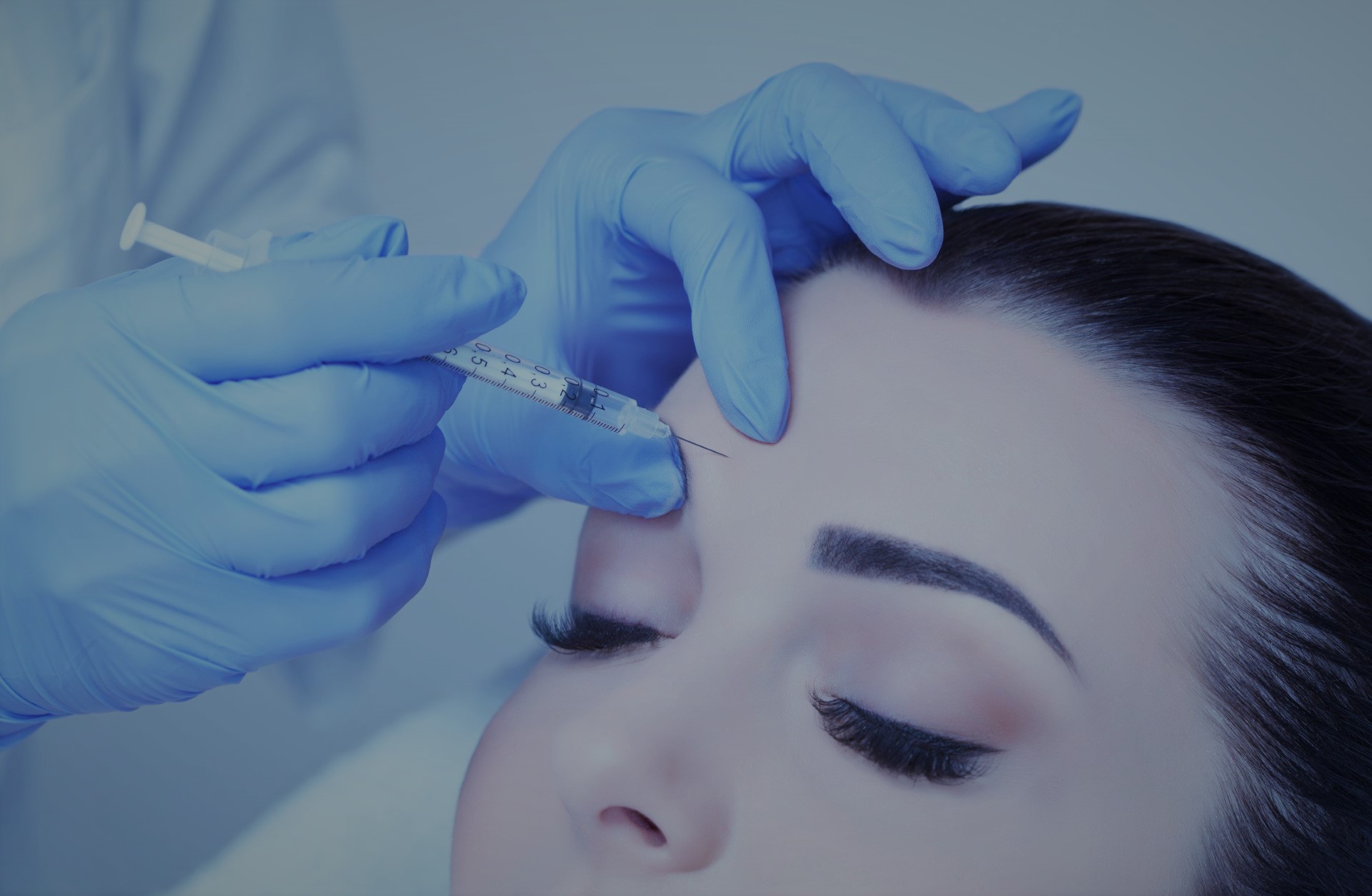Medical Aesthetic
Botox is the popular wrinkle treatment of recent years. It is a comfortable application with a short aply time and a long duration of effect, preferred for its features such as a younger and fresh appearance, a rested facial expression, and the restoration of self-confidence lost in social life. Botox, which we also use for the removal of droopy eyelids, the correction of eyebrow asymmetry, the elimination of the sad facial expression on the lip edges, the removal of neck wrinkles, has been used safely and successfully for 19 years in our country for aesthetic and also therapeutic purposes.
Genetic factors, habits such as smoking and alcohol, the sun, the passing years, the working of the mimic muscles over the years make the folds on our skin clear and thus wrinkles appear. Wrinkles are most common on the forehead, between the eyebrows, around the eyes and around the mouth. Botulinum toxin A, a protein secreted by the bacterium Clostridium botulinum, blocks the electrical impulse from the nerve to the muscle and temporarily reduces or destroys the function of the muscle in the applied area. When the muscle cannot move, the wrinkles formed on the skin on it decrease or disappear, and during this time, the skin has the opportunity to recover itself, resulting in a younger and more peaceful appearance.
Botox is administered as an injection with a fine needle. Since the procedure may cause a very slight pain, the area is anesthetized by applying an anesthetic cream before the application. After the application, it is necessary not to tilt the head forward for 4 hours, otherwise the material will descend to the lid and eyebrow droop may occur. One day after the application, the face can be washed, skin care and make-up products can be used. However, after the botox application, the injection sites should not be massaged for three days, and should not be rubbed too much while removing make-up. Again, after the application, the exercise should be interrupted for three days.
The effect of Botox starts after 3-10 days and continues for 4-6 months. At the end of this period, the wrinkles in the applied area return to their former state. After a few applications, it can also stay in better condition than before. Botox acts only in a limited area in the applied area, it does not enter the systemic circulation in the body.
In Which Situations Is Botox Applied?
- Horizontal lines on the forehead,
- Lines that cause a frowning eyebrow appearance between the two eyebrows,
- Raising the sides of the eyebrows,
- Lines on the side of the eyes (crow’s feet lines),
- Lines on the lower eyelid,
- Horizontal lines at the root of the nose,
- Lifting the tip of the nose,
- Lines on the upper lip,
- Neck lines,
- Treatment of excessive sweating in the armpits,
- Hands and feet,
- Elimination of migraine complaints,
Botox is a drug that should be administered by specialist doctors trained in this subject. Otherwise, the effect may not be complete, the desired result may not be achieved, and even problems such as temporary eyelid drooping may occur.
The use of botox in muscle diseases, which has been used for aesthetic purposes for 19 years, is much older. Botox, of which no side effects have been detected so far, is a drug approved by the American Drug Research Administration (FDA) and is widely used all over the world. However, it should be known that botox is not a miracle and cannot make you look like you were 15 years ago. Botox only improves wrinkles on your face and neck, and does not make any permanent changes to your face.
To Whom Is Botox Not Applied?
- It should not be preferred in pregnant and nursing mothers.
- It should not be preferred in patients with active cancer disease.
- It should not be preferred in who use heavy psychotic drugs.
-
It should not be preferred who continue to receive chemotherapy.
-
Who have had an allergic reaction before should not be preferred.

